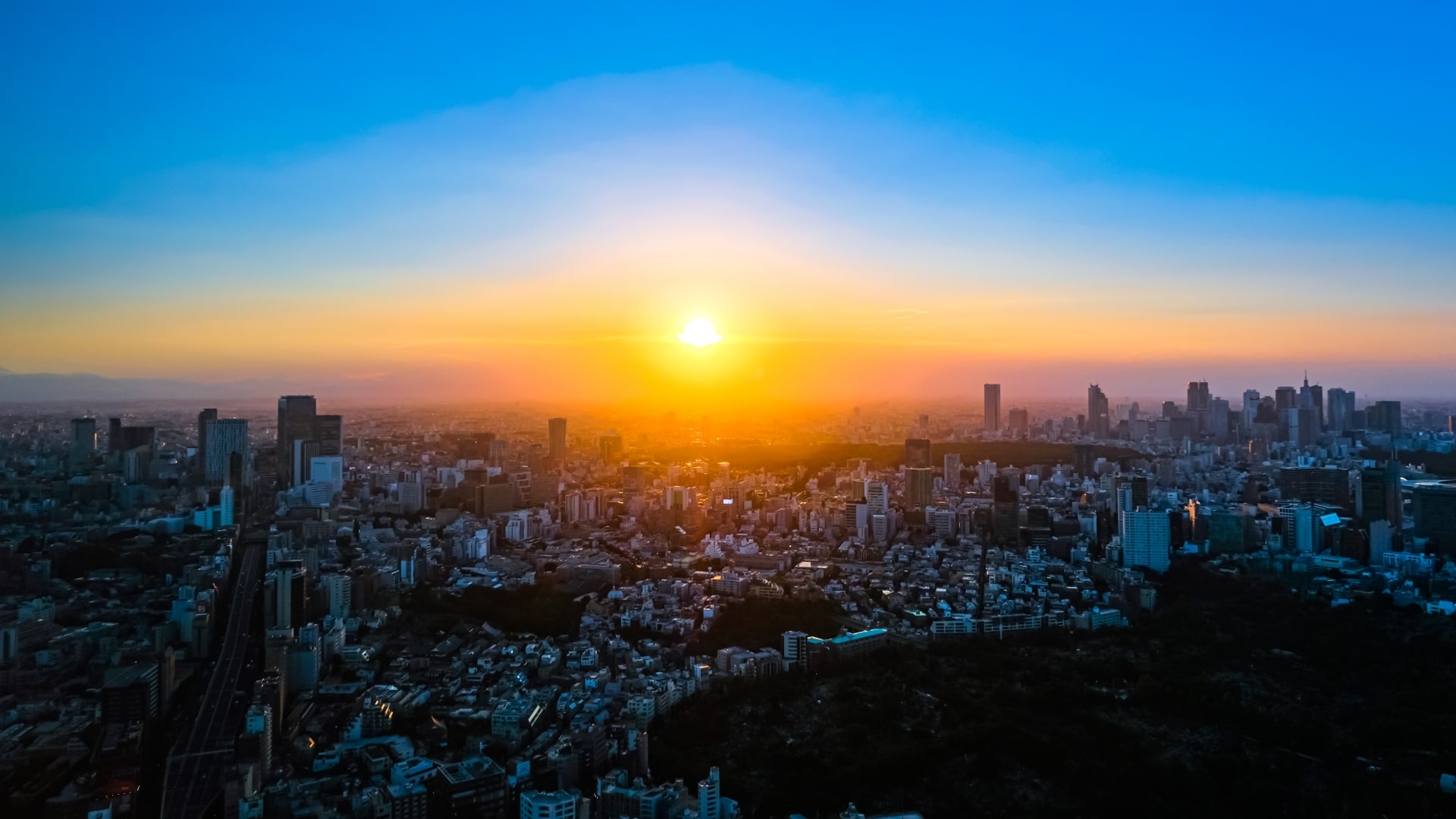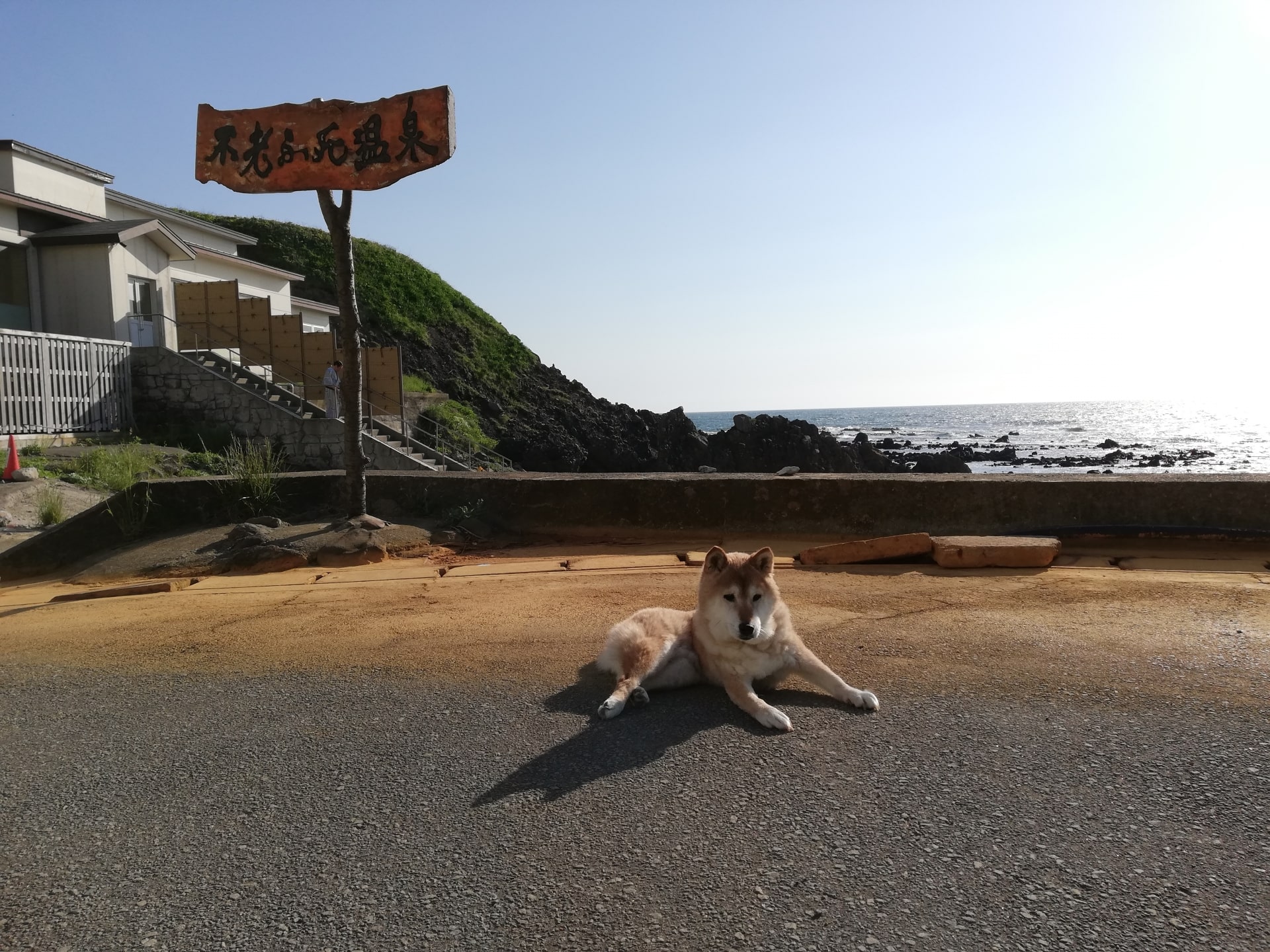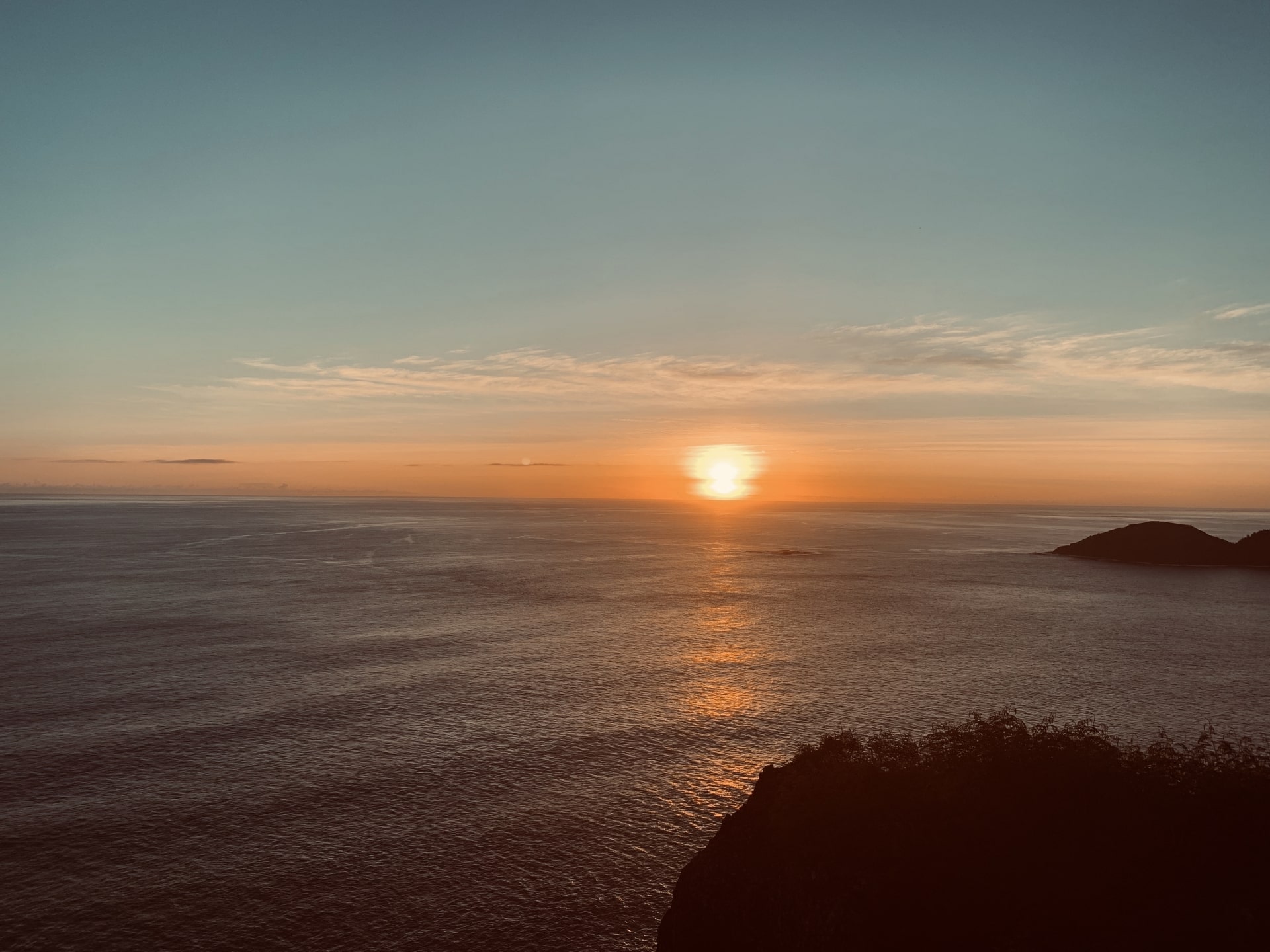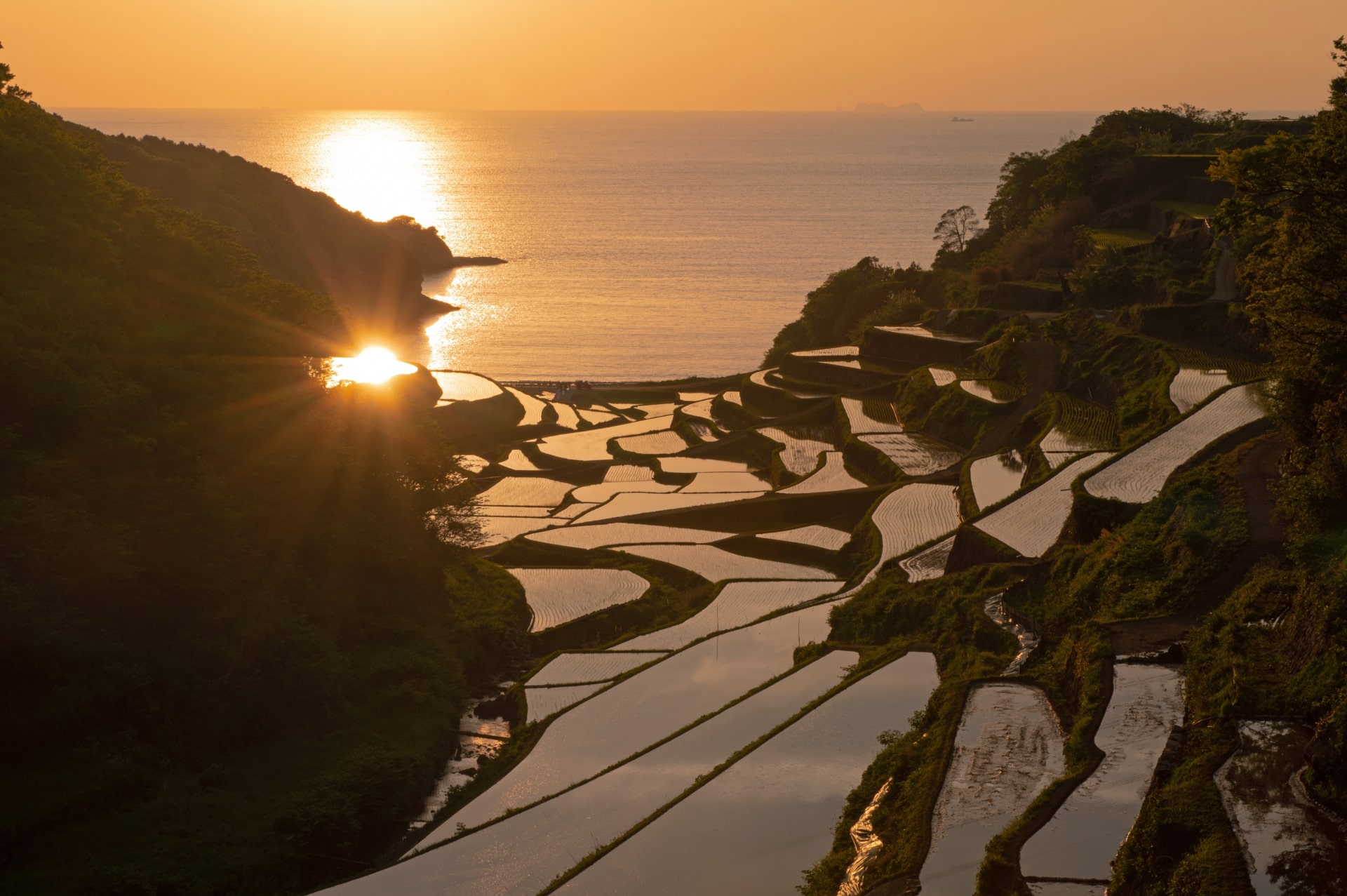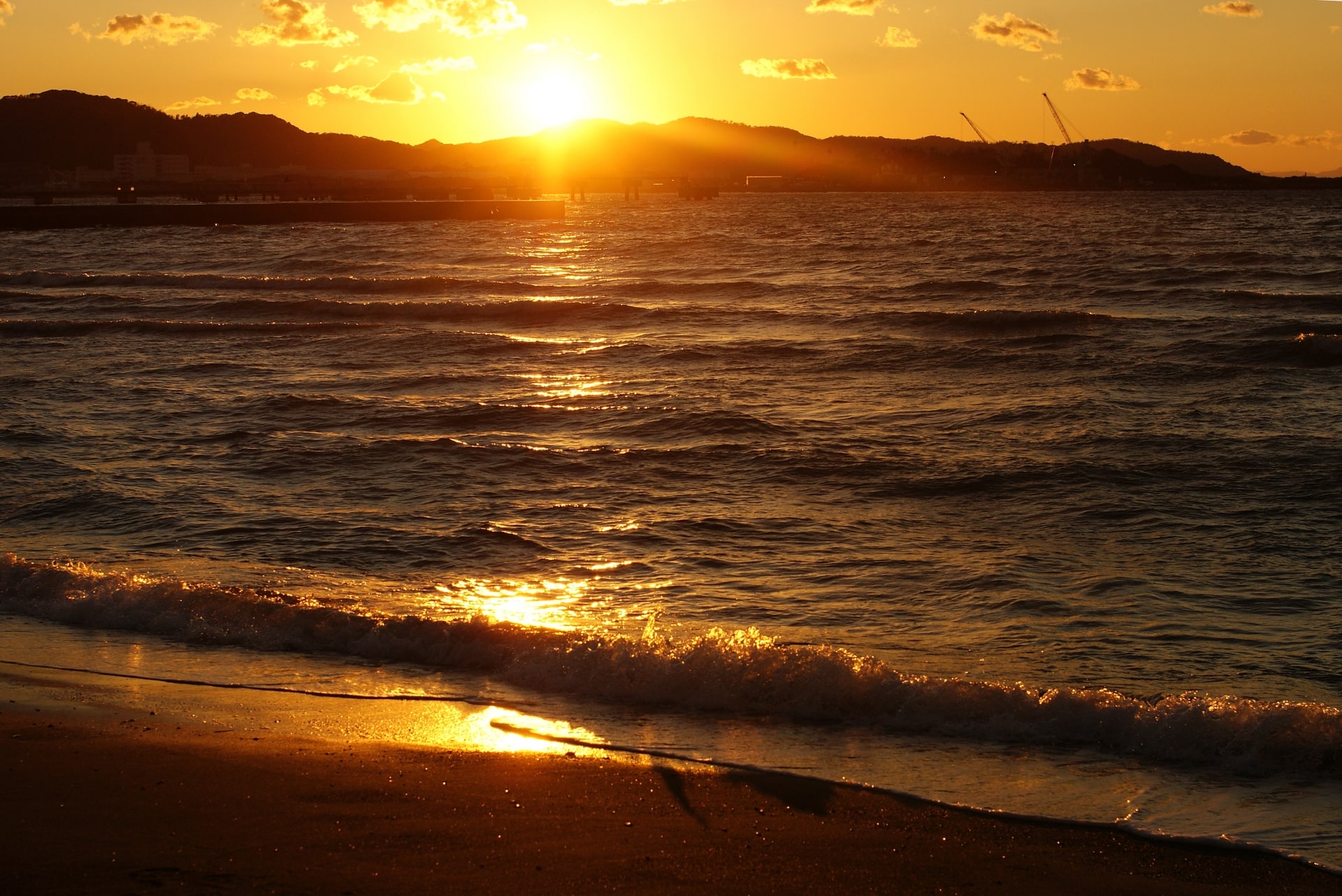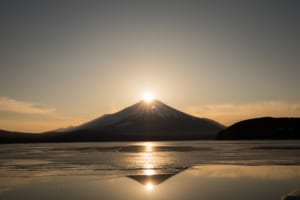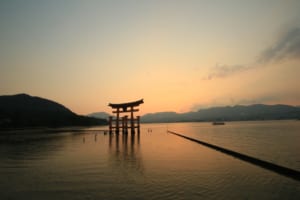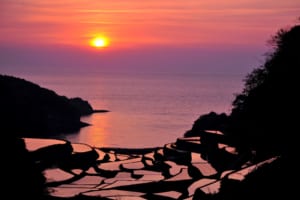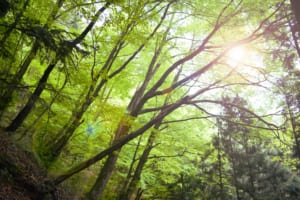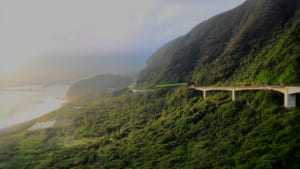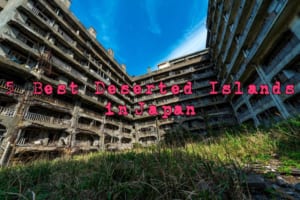15 Best Sunset Spots in Japan
Best places to see sunsets in Japan
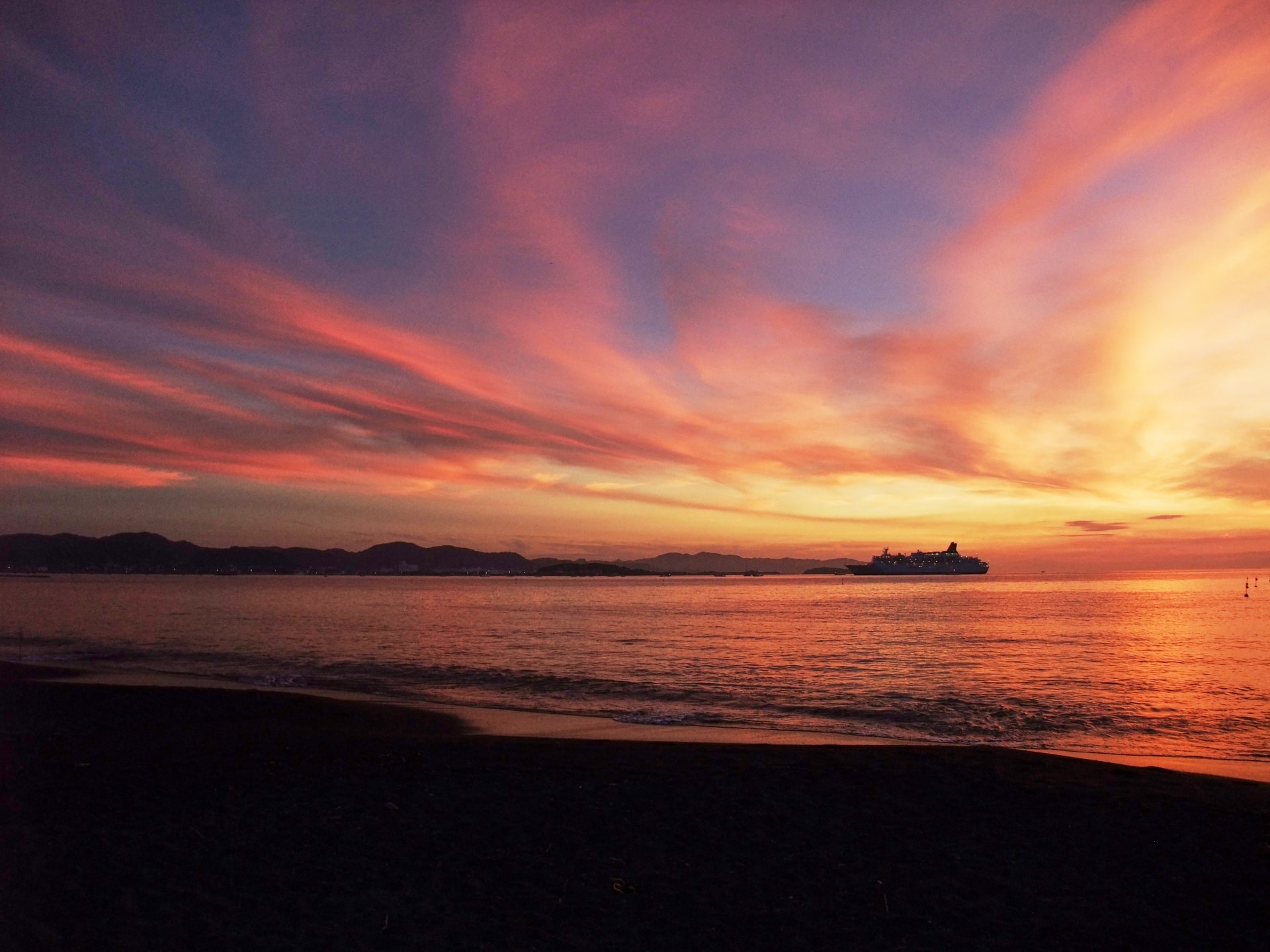
Who doesn’t love sunsets? Sunsets are one of the beautiful natural sightings you can actually experience no matter where you are in the world. However, this experience can be amplified depending on where you are witnessing it.
Sceneries that can amplify the beauty of a sunset can widely vary. It can be a natural site such as the sea or from the top of a mountain. Or it could be a man-made scenery such as the collection of buildings composing a city.
This article is all about this. I will introduce to you our picks for the 15 best sunset spots in Japan. If you live in Japan or are thinking about traveling to Japan, be sure to check. One of these may be near where you’re going.
What time is sunset in Japan?
Before checking out the list of best sunset spots, it is important to know what time is sunset in Japan. There are two factors that can affect this time which is the season and the location. Depending on what month it is and what part of Japan you are in, the sunset time can widely vary.
During summer, it can be as early as 5 pm or earlier depending on the location. On the other hand, during winter, it can be as late as 7 pm or later depending on the location.
If you’re planning on going to any of these locations (or any other location) to watch the sunset, be sure to check the sunset time beforehand.
1. Tojinbo (Fukui)
Facing the sea of Japan in Fukui prefecture is Tojinbo (東尋坊). It is located northeast of Kyoto, and you will see natural walls that can be as tall as 20m and as long as 1km. This natural wall is created by the rough waves that hit the sides of the land.
The collaboration between the rough rocks and the sea of Japan tainted in orange will leave you breathless.
2. Dogashima (Shizuoka)
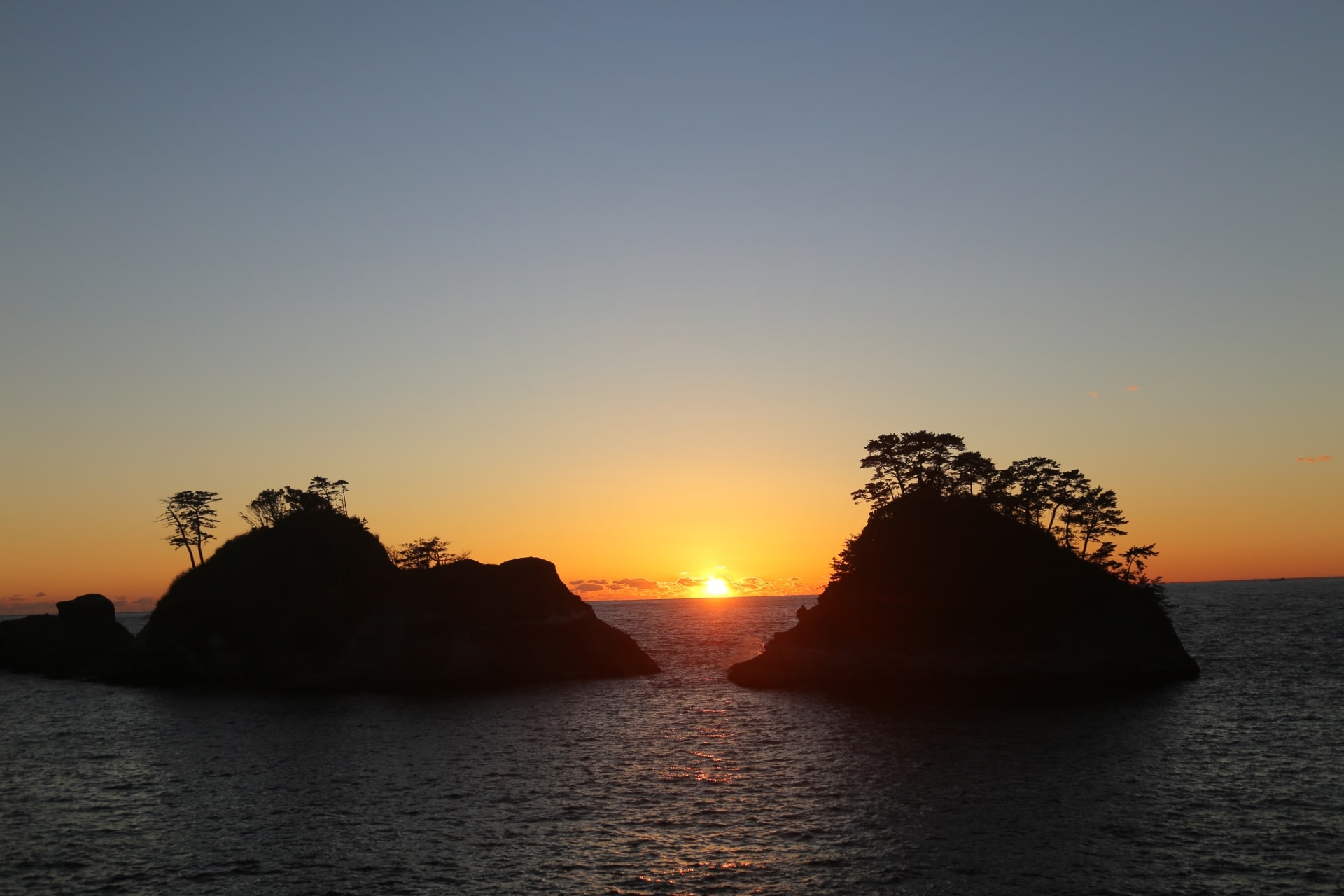
Izu is an area where you will find other pretty natural spots, so it is recommended.
3. Chirihama Beach (Ishikawa)
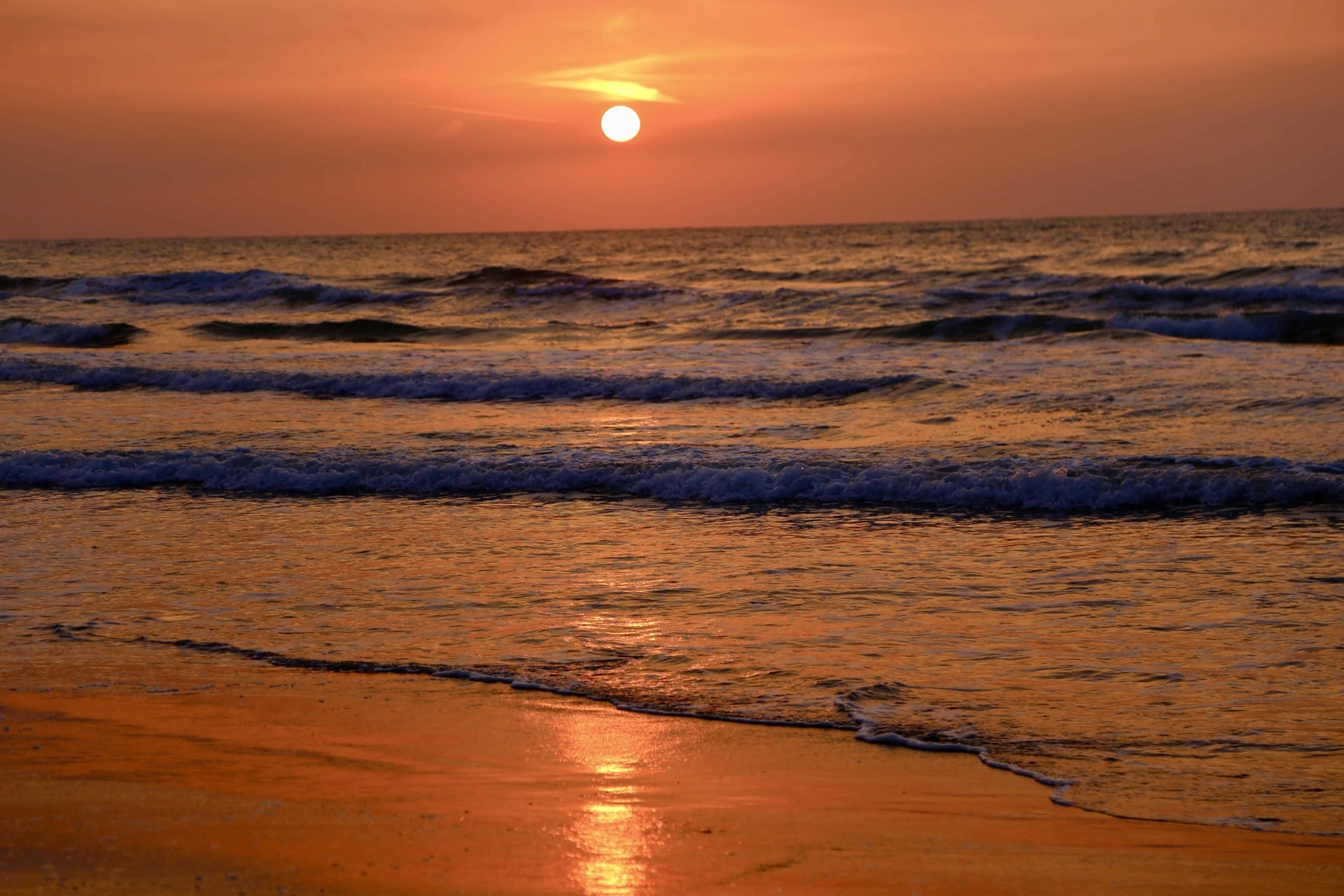
In contrast with the lively atmosphere you’ll see during daytime, once the sun begins to set, the mood becomes much more quiet and romantic.
4. Roppongi Hills (Tokyo)
Towering within the concrete jungle in Minato city, Tokyo, Roppongi Hills (六本木ヒルズ) has an observatory space on the 52nd floor.
Since this building is located close to Tokyo Tower, this is one of the few observatories where you can enjoy the Tokyo view including Tokyo Tower. You can not only enjoy the sunset but also the beautiful night view illuminated by the city lights.
5. Tottori Sand Dunes (Tottori)
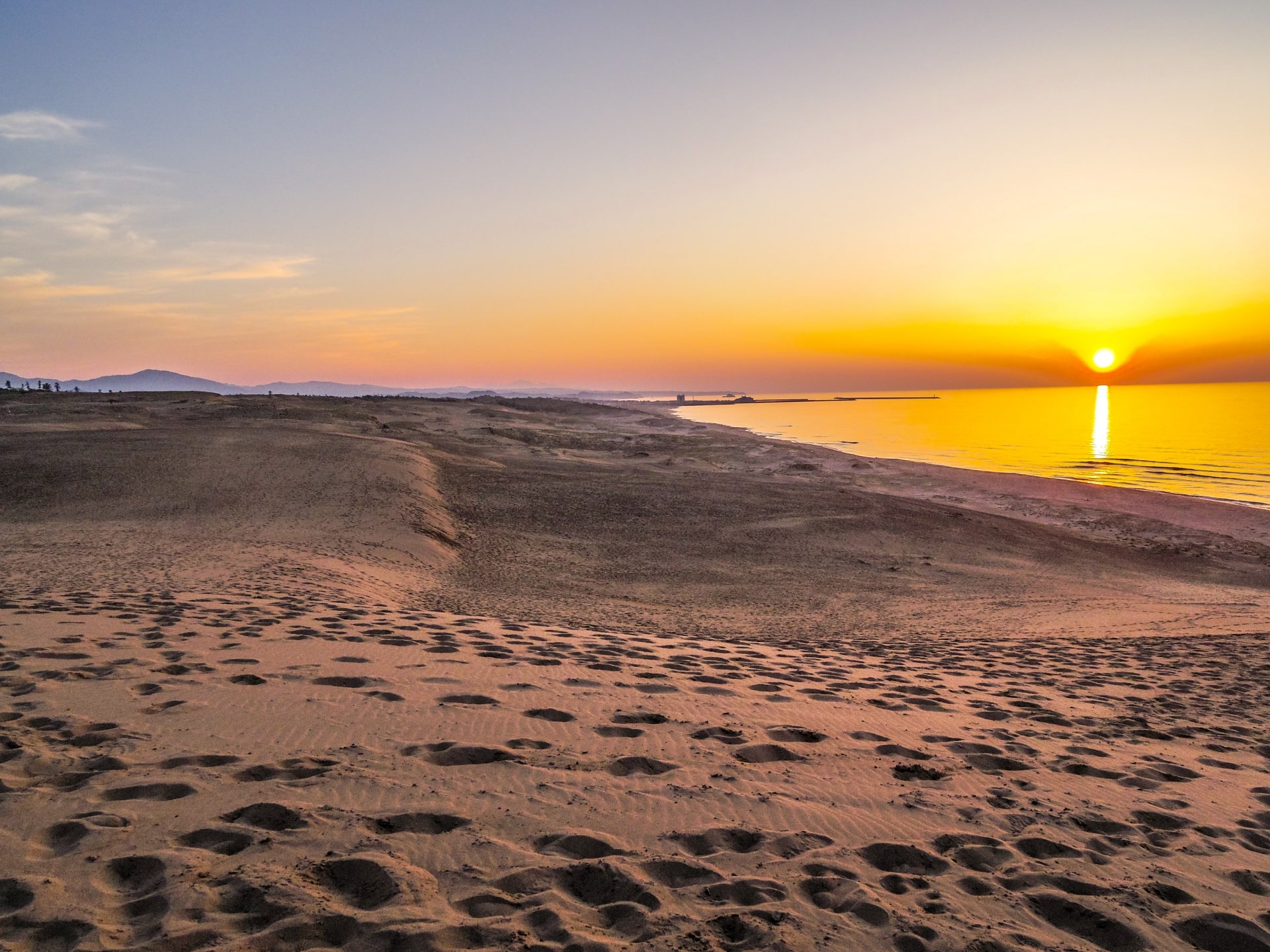
6. Mount Washu (Okayama)
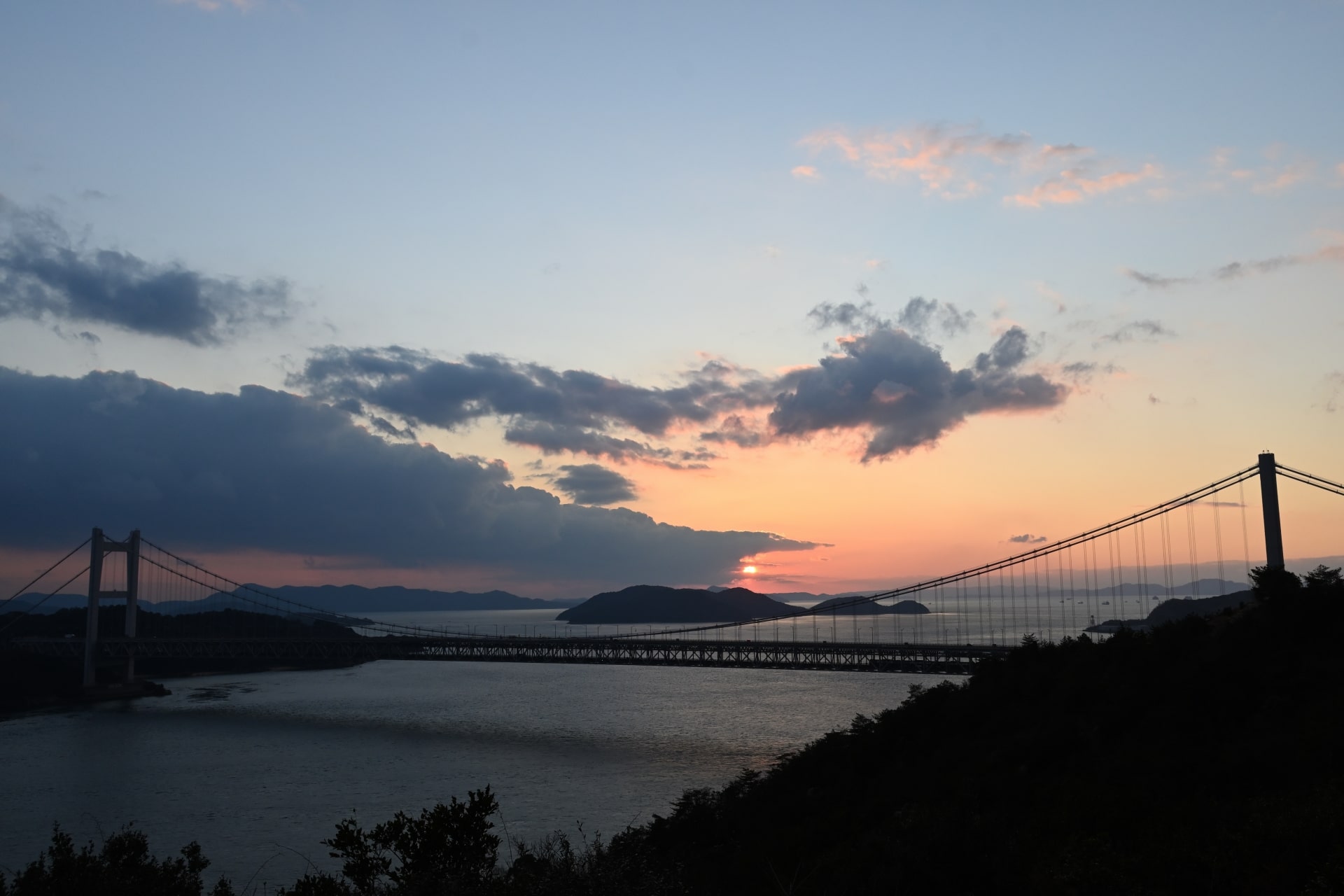
7. Sakurai Futamigaura (Fukuoka)
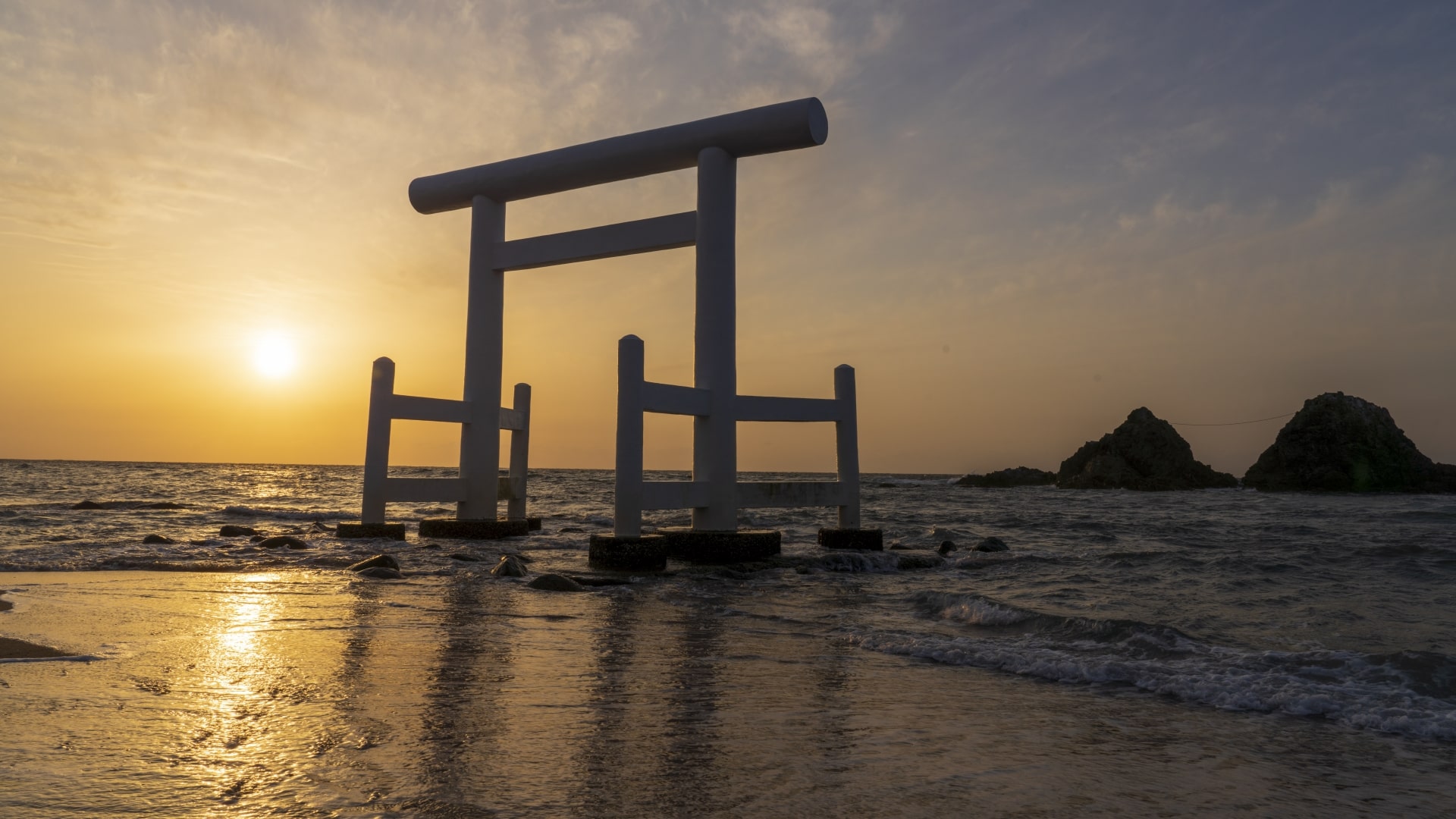
Meoto Iwa means “married couple rocks”, and these two rocks are connected by a 30m long rope that hangs across them.
8. Cape Muroto (Kochi)
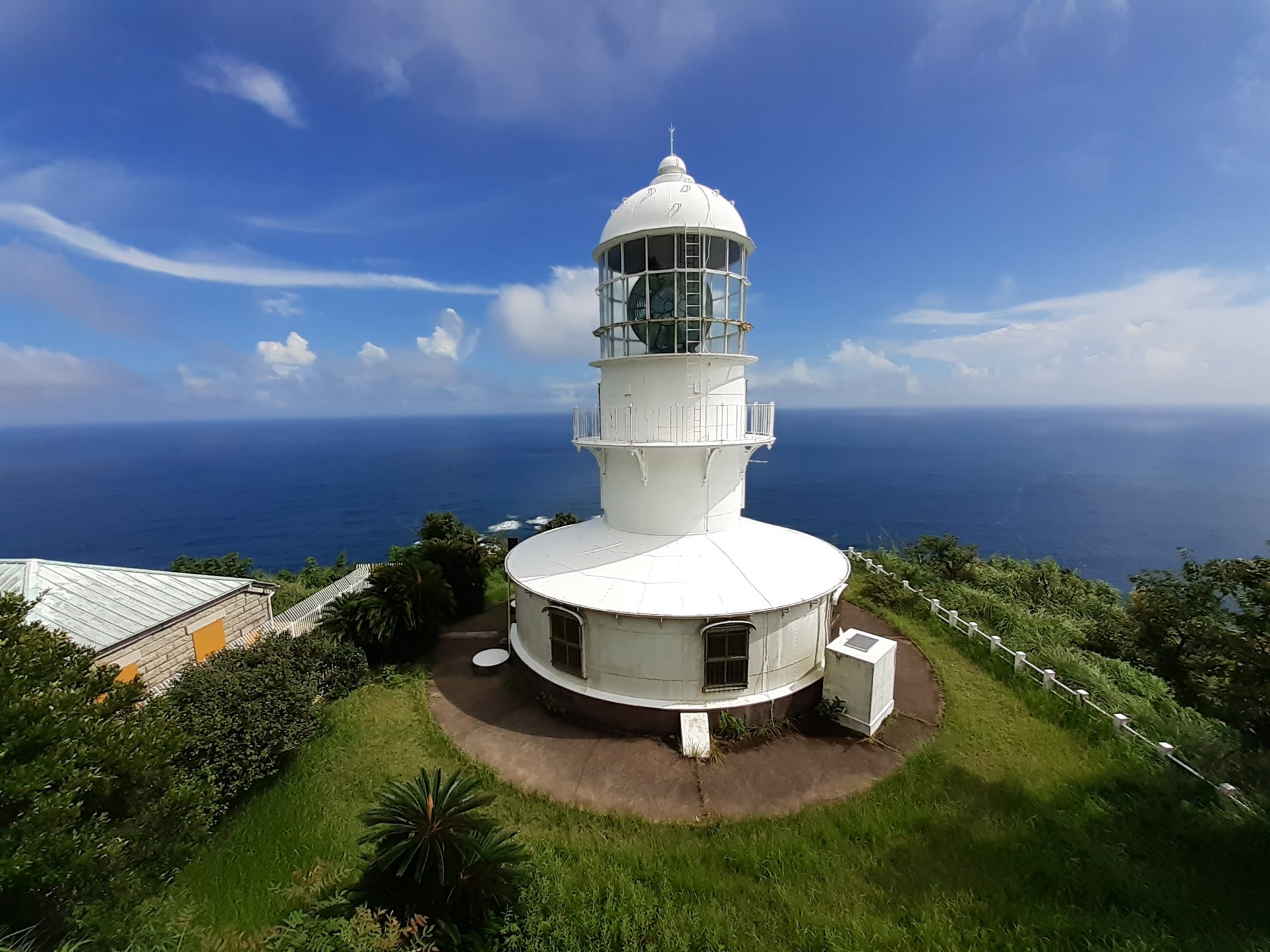
There’s a natural phenomenon that makes the sun look like a Daruma doll. this is called the Daruma sunset. This effect is most likely to happen between September and March. If you’re lucky, you might be able to watch this!
9. Koganezaki (Shizuoka)
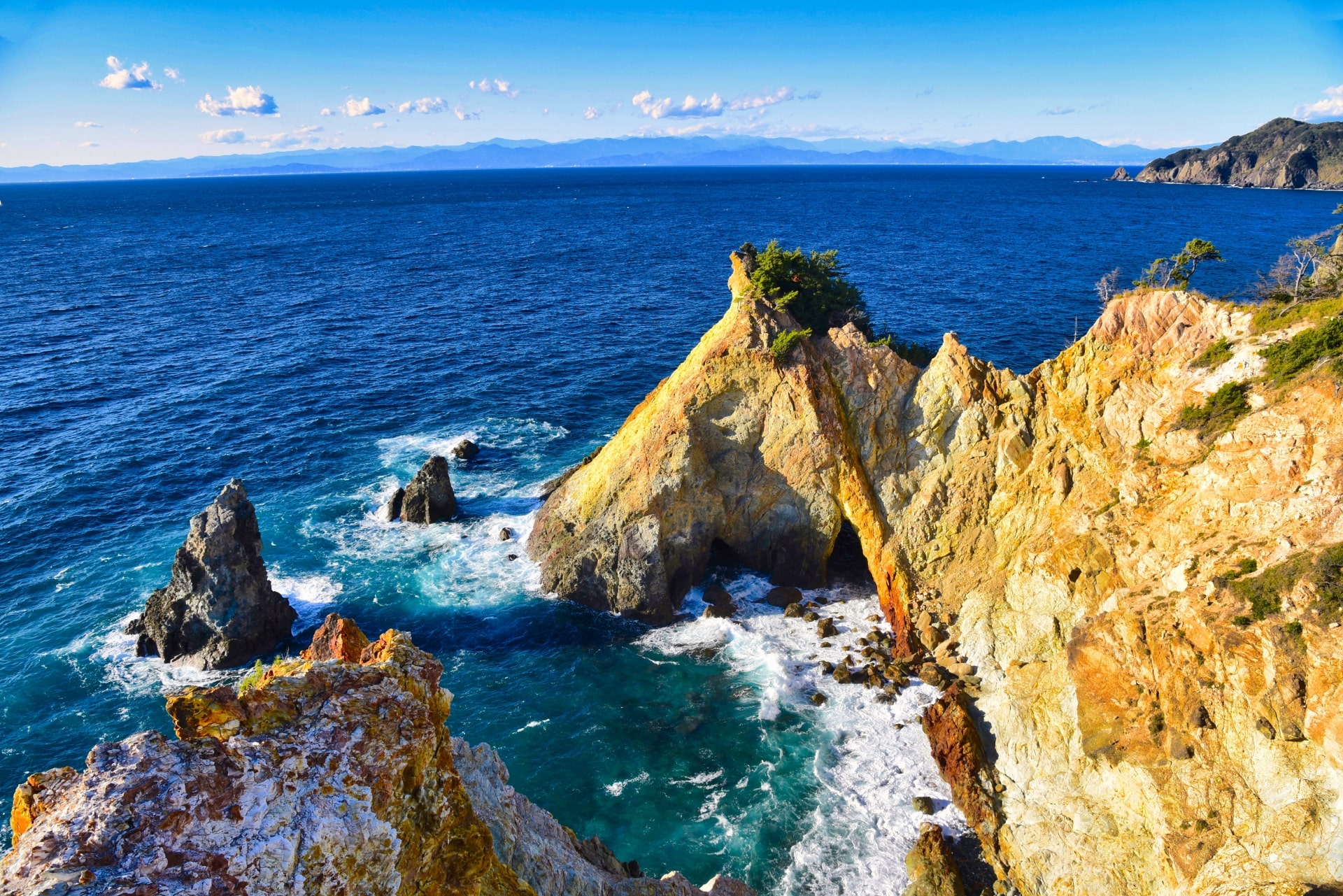
The ocean you can see from here is pretty even during the daytime, but it changes its expression when the sun sets. You can even see Mt Fuji from this spot, making it a unique experience.
10. Chichibugahama Beach (Kagawa)

This is especially beautiful during sunset, making it a popular photography spot among both Japanese and foreign visitors.
11. Furofushi Onsen (Aomori)
Next on our list is Furofushi Onsen (不老ふ死温泉) which is an open-air onsen bath located in Aomori prefecture. This onsen faces the sea of Japan where you can enjoy the sunset while bathing.
This area is also popular for its delicious seafood that you can have after bathing in the onsen. You can come here only to bathe and leave on the same day, but it is much more recommended to spend the night.
12. Yuhigaura Beach (Kyoto)
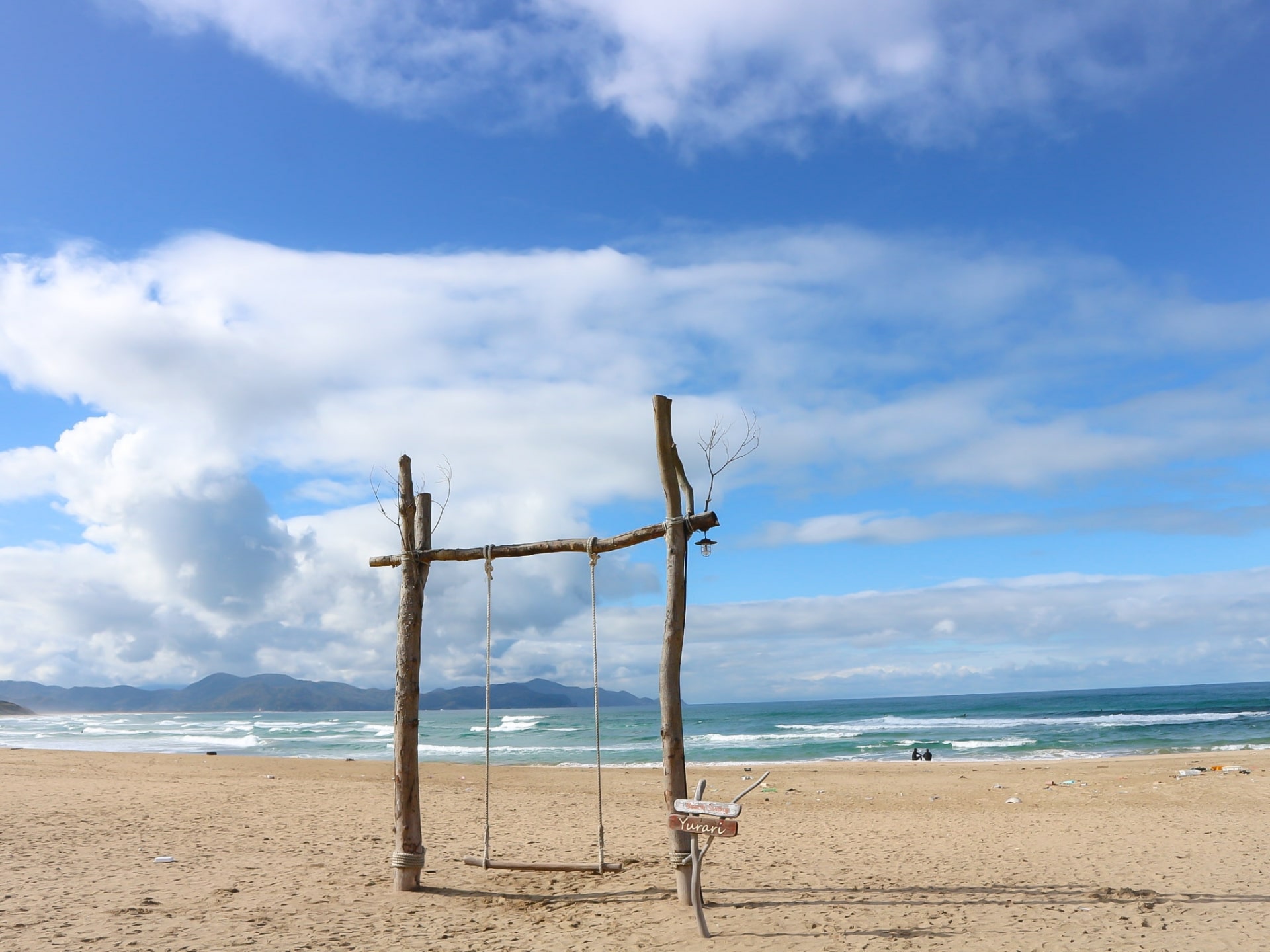
As you can see in the image above, there is a swing that faces the sea of Japan, where you can see directly to where the sun sets. It has become a popular photo spot among visitors.
13. Weather Station Observatory (Chichijima Island)
This next spot is quite remote but totally worth visiting. Weather Station Observatory (ウェザーステーション展望台) is an observatory spot on Chichijima island. Chichijima island is one of the Ogasawara Islands which is 1,000km apart from Tokyo.
The building that used to be a weather station now serves as an observatory space for locals and visitors to enjoy one of the most beautiful sceneries on this island.
14. Hamanoura Rice Terraces (Saga)
Hamanoura Rice Terraces (浜野浦の棚田) is another unique spot where you can watch the sunset in a way you won’t be able at any other place.
This is located in Shiga prefecture, and the view consists of rice fields structured in different levels just like steps. This itself is a unique Japanese scenery you can enjoy, but adding to this, it is facing the ocean. And this ocean happens to be the ocean of Japan, which means you will be able to watch the sun set in the ocean horizon.
15. Hojo Beach (Chiba)
Lastly, on this list, we have Hojo Beach (北条海岸) which is located in Chiba prefecture. It is a popular beach for those who enjoy marine sports. It is also known for being a place where you can see the “Diamond Fuji” (ダイヤモンド富士) which is a phenomenon that happens between May and July. If the sky is clear enough, you will be able to see Mt Fuji and the sun setting on top of its peak.
This spot is not that far away from Tokyo, making it a nice one-day trip destination if you’re staying in, or live in Tokyo.
I hope you enjoyed this article. If you love nature and would like to know more about Japanese nature spots, make sure to check out the following articles as well!
▽Related Articles▽
▼Editor’s Picks▼
Written by
Born and raised in Costa Rica, I started living in Tokyo from college. I love traveling within Japan & around the world. Since I wasn’t born in Japan, I know the cultural impact that you can get when visiting Japan for the first time and what you might be worried about before your trip. And I’ve lived long enough to somewhat understand the nuances of the Japanese culture that make this country such an attractive place to visit. Hopefully I can provide to you both the information you’re looking for and the information you didn’t know you needed to know.






